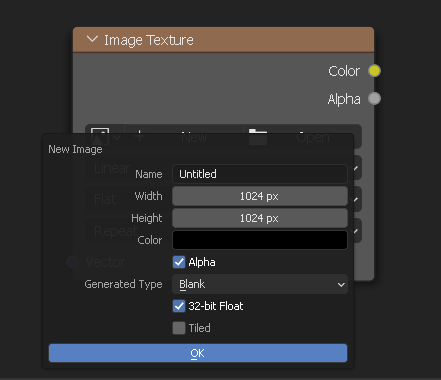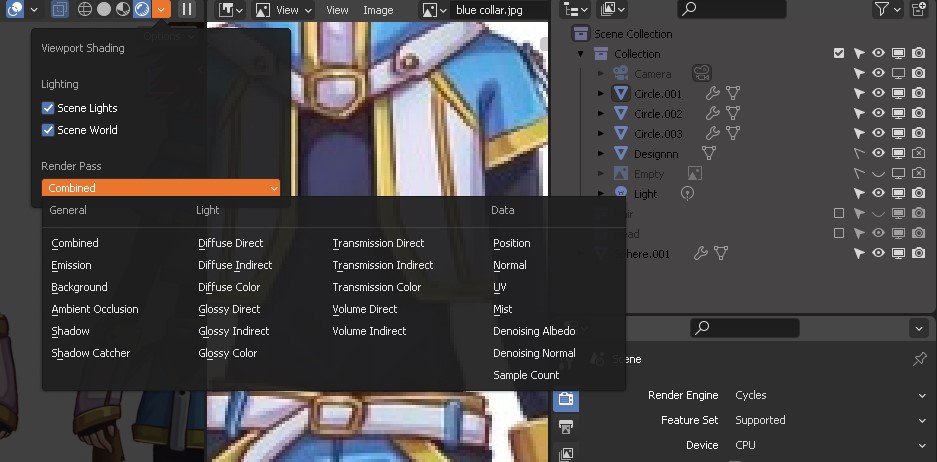I'm trying to figure out the various image settings and how they relate to a bump map texture. Creating the image with "32-bit float" certainly helps give smoother results, but it seems like enabling "float buffer" does the same thing. Is there a difference between these settings? If so, what is it? Which is better suited for use in bump and height maps?
EDIT: The "float buffer" setting is found in the UV image editor's image settings (right under the resolution settings) after creating an image, before saving it. It seems to be automatically enabled when the image is created with "32-bit float" checked, and disabled if it's created with "32-bit float" left unchecked. I think it's just a way to alter the same setting after the image is created, but I'm not certain.


